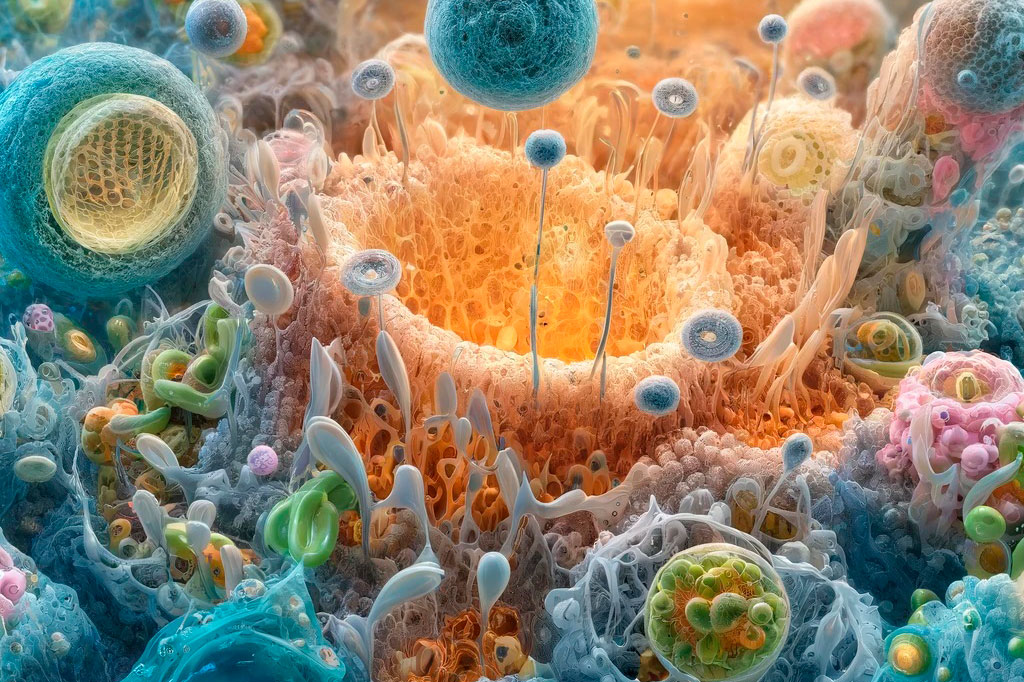The cosmetic products legislation (Regulation 1223/2009) of the European Union works to identify and properly manage substances with potential as endocrine disruptors, as established in its Article 15.4:
“4. When Community or international criteria for identifying substances as endocrine disruptors are available, or at the latest by 11 January 2015, the Commission shall review the Regulation with regard to substances with endocrine-disrupting properties.”
The measures initially foreseen were implemented later than expected: in 2024, Commission Regulation (EU) 2024/996 of 3 April 2024 was adopted, amending Regulation (EC) No 1223/2009 with regard to the use of Vitamin A, Alpha-Arbutin and Arbutin, as well as certain substances with possible endocrine-disrupting properties in cosmetic products. From 1 May 2025, the deletion of entry 18 of Annex VI will apply.
What are endocrine disruptors in cosmetics?
When we mention endocrine disruptors, what do we mean? According to EFSA, these are substances with endocrine activity (EA), i.e. substances that can interact with or interfere in normal hormonal action. When this causes adverse effects, they are called endocrine disruptors.
How did we get here? Since the provisions of Regulation (EC) No 1223/2009 and with the work of the SCCS (Scientific Committee on Consumer Safety), steps have been taken to address substances with potential as endocrine disruptors in cosmetic products.
List of endocrine disruptors in cosmetics
The legislation applicable to cosmetic products does not establish a concrete list of endocrine disruptors, although some European Commission work refers to a list of substances considered as potential endocrine disruptors in cosmetics.
The European Commission’s work aims to create a priority list of possible endocrine disruptors starting from a list of 28 substances: benzophenone-3, kojic acid, 4-methylbenzylidene camphor, propylparaben, triclosan, resorcinol, octocrylene, triclocarban, butylated hydroxytoluene (BHT), benzophenone, homosalate, benzyl salicylate, genistein, daidzein, butylparaben, butylated hydroxyanisole (BHA), ethylhexyl methoxycinnamate (EHMC)/octyl methoxycinnamate (OMC)/octinoxate, benzophenone-1/BP-1, benzophenone-2/BP-2, benzophenone-4/BP-4, benzophenone-5/BP-5, methylparaben, cyclopentasiloxane/decamethylcyclopentasiloxane/D5, cyclomethicone, salicylic acid, butylphenyl methylpropional/BMHCA, triphenyl phosphate and deltamethrin.
Until this list is integrated into cosmetic products legislation, we must take into account the amendments being adopted that affect this matter. The measures approved in Regulation (EU) 2024/996 state that the use of Vitamin A in cosmetic products may lead to overexposure among the population, as indicated by the Scientific Committee on Consumer Safety (SCCS) (2016), since it could exceed the upper intake level established by EFSA (European Food Safety Authority).
In this respect, the SCCS opinion (2022) on Vitamin A maintains its safety in cosmetic products, while noting that overall consumer exposure could be concerning for those with the highest Vitamin A exposure (5% of the total population), coming from food and dietary supplements.
Furthermore, in recent years the SCCS has studied certain substances with possible endocrine-disrupting properties (“4-Methylbenzylidene Camphor”, “Genistein”, “Daidzein”, “Kojic Acid”, “Triclosan” and “Triclocarban”), and data collection by the European Commission in 2019 made it possible to draw conclusions that were incorporated into Regulation (EU) 2024/996.
The combination of “Alpha-Arbutin” and “Arbutin” with “Hydroquinone” should be kept as low as possible in formulations containing these substances, as established in the new legislation.
The SCCS (2022) observed that there is sufficient evidence that “4-Methylbenzylidene Camphor” may act as an endocrine disruptor, therefore posing a potential risk to human health. This substance will be included in Annex II “List of substances prohibited in cosmetic products”, and its entry in Annex VI “List of UV filters allowed in cosmetic products” will be deleted with effect from 1 May 2025.
The SCCS (2022) concluded that both “Genistein” and “Daidzein” are safe for use in cosmetic products up to a maximum concentration of 0.007% and 0.02%, respectively. Therefore, if these limits are exceeded, there is a potential risk to human health, and they must be restricted to a maximum concentration of 0.007% and 0.02% to ensure safe use.
Regarding “Kojic Acid”, the SCCS (2022) considers it safe up to a maximum concentration of 1%, establishing this limit to avoid any potential risk to human health.
For “Triclosan”, the SCCS sets a maximum concentration of 0.3%, prohibits its use in mouthwashes and in toothpaste intended for children under three years of age, and introduces labelling requirements to strengthen consumer protection.
In the case of “Triclocarban”, a similar scenario is foreseen, with a maximum concentration and labelling requirements to increase consumer protection.
Finally, it is important to pay close attention to SCCS opinions and assessments that have an impact on cosmetic products legislation. At AINIA, we will continue to provide updates on the evolution of legislation applicable to cosmetic products.




